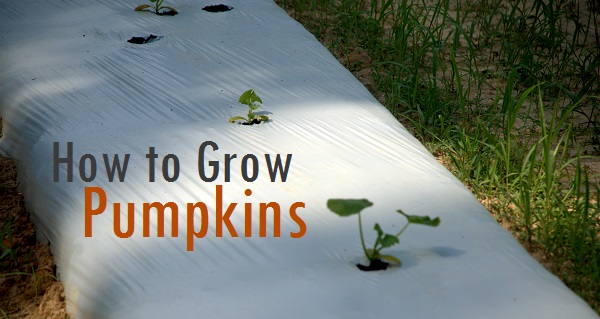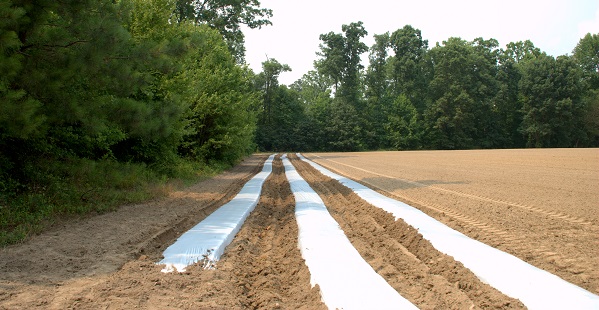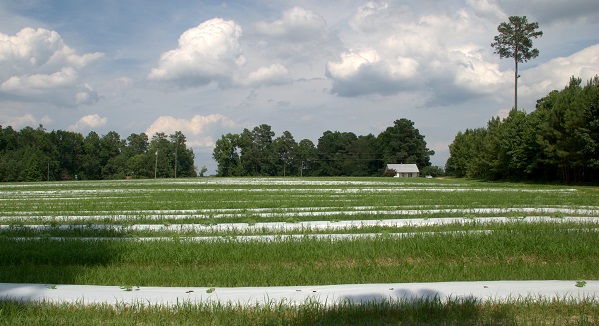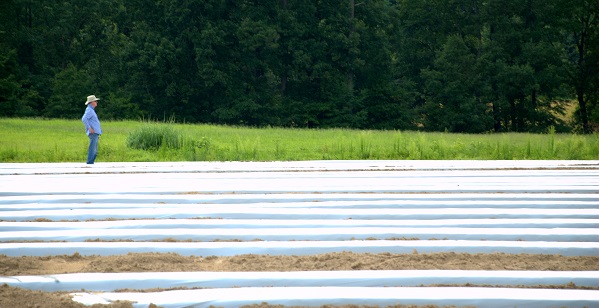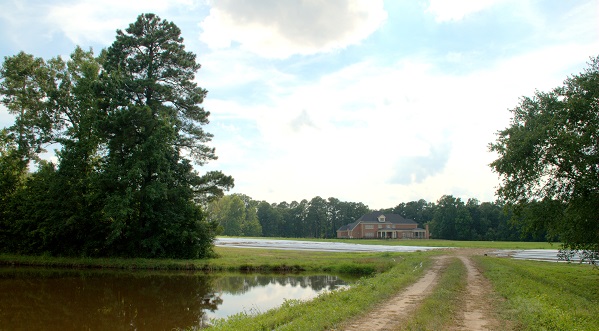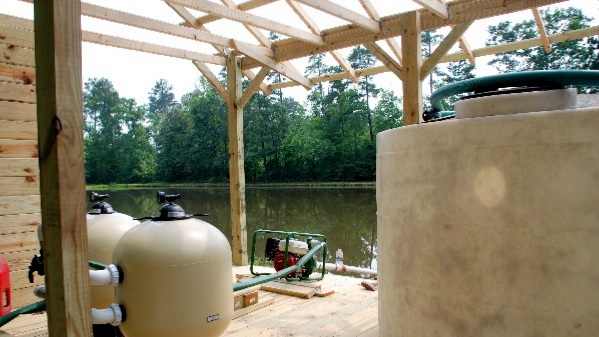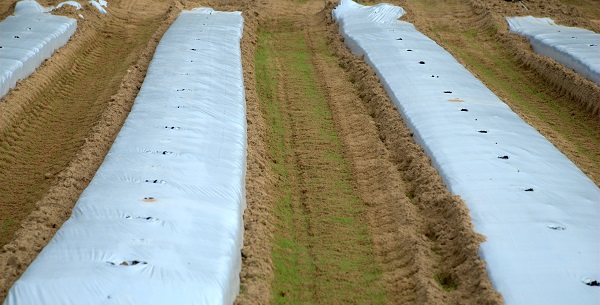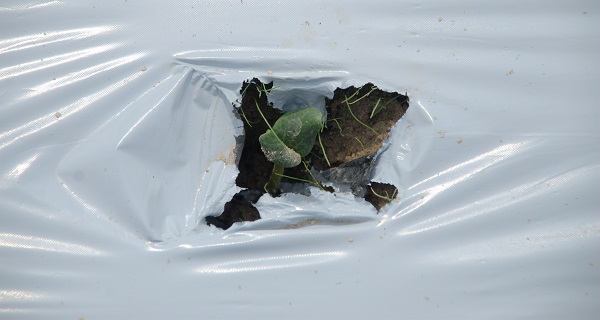Agriculture: How to Grow Pumpkins
Cary, NC — Last week, you heard that the Upchurch Farm in Cary will be the place to go for pumpkins this October. This week, I’ll share the special process Dr. Ganyard uses to grow the best pumpkins in the Triangle (and some pictures of the growing plants).
But First, a Review
If you missed last week’s story, I’ll catch you up:
The Upchurch Farm has formed a new partnership with their friend Dr. Milton Ganyard. Dr. Ganyard brings to the farm a very special skill–he is an expert at growing pumpkins in North Carolina’s hot, sticky climate and has been doing so in Durham for years.
The Upchurch family has been selling pumpkins they grown on their farm for many years now, but, this year, with Dr. Ganyard’s help, they’ll grow more pumpkins than ever before. Better yet, the Upchurch family will open their pumpkin fields so that families in Cary and across the Triangle can pick their own pumpkins and enjoy a hayride and other activities.
Big Changes in Only Three Weeks
When I last visited the farm, Farmer William Upchurch and Dr. Ganyard had just started laying rows of plastic on one of the four fields that will eventually hold pumpkins. It looked like this.
When I visited the farm exactly three weeks later, the same field looked was filled with plastic and grass. All the other Upchurch fields, too, were fully covered in long, white sheets of plastic.
In fact, Dr. Ganyard told me that they’d laid 12.4 miles of plastic since I last saw them.
Why Plastic?
William Upchurch told me that Dr. Ganyard is “the brain of how to grow beautiful pumpkins in our hot, sticky NC climate.” That’s because he uses his own, rare method of growing the pumpkins on top of plastic. This method is effective for several reasons, including:
- Temperature control – The white plastic provides a cool floor for the pumpkins, which favor the cool conditions in the Great Lakes Rim and in the mountains to our hot climate.
- Moisture control – When it rains, soil can splash dirt onto the pumpkins, which can cause viruses. The plastic acts as a barrier to keep this dirt away from the pumpkins.
- Weed control – Weeds, which hurt pumpkins, won’t grow on their plastic base.
- Insect control – Aphids are sap-sucking insects that can infect pumpkin plants when they puncture them. Interestingly, Aphids hate the color white, so the plastic deters them from landing on the plant and making it sick.
What’s Underneath It?
These plastic rows also help Dr. Ganyard water the pumpkin plants. Each row has a water line running underneath it, so each plant gets watered from below.
This is more effective than overhead irrigation, which can splash dirt and viruses on the plants, or simply relying on rain, which can be sporadic. So, in addition to the benefits listed above, the plastic also helps Dr. Ganyard provide the pumpkins with a steady, even flow of water.
This pond, located right beside the Upchurch fields, is the source for the water that reaches the plants. Farmer Upchurch and Dr. Ganyard built this shelter themselves and filled it with equipment that prepares the water and delivers it to the plants.
First, with the help of a pump, water is sucked up from the pond into pipes. Then, sand filters trash out of the water, and a “plant food” is added to it. Water flows out into the field and reaches every pumpkin from underneath the plastic rows.
The Grass Between the Rows
New rows of plastic weren’t the only change I saw on Wednesday.
When I got to the farm, I noticed that, between the plastic rows on the field I had photographed just weeks before, there was a lot of grass. Dr. Ganyard informed me that this grass is called “millet,” and that it’s a small, aggressive grain that he planted to help stabilize the soil.
Once the millet roots are established, they prevent erosion from water that will run off the plastic when it rains. The little green grass doesn’t stay, however, as Dr. Ganyard will soon kill it with a spray herbicide. “t doesn’t matter if the grass is gone once the roots are established,” he said.
Weird, Exotic Pumpkins & More
Apart from defeating the NC climate to grow the best pumpkins in the area, why is the Upchurch Farm the best place to go in the fall? Since Farmer Upchurch and Dr. Ganyard are actually growing pumpkins (four fields of them!), families will be able to pick their own pumpkins.
One field will be exclusively devoted to “weird and exotic pumpkins.”
We’re talking over 35 varieties of pumpkins in one field. Dr. Ganyard told me that he literally dumps all the different kinds of pumpkin seeds in a jar and shakes them up so that he’ll have no idea what order they’re planted in. There will also be a field just for kids with smaller pumpkins that they can pick.and carry home.
Watch the Plants Grow Step-by-Step
Check out the Ganyard Hill Farm Facebook page to learn more, and read CaryCitizen for our photo story updates every two weeks–this way, you can watch the pumpkins grow along with me! There are no signs of orange just yet, but little plants are starting to grow up through holes in the plastic, as you’ll see here.
Related Content:
- Agriculture: Big News from the Upchurch Farm
- Love Stories & Antiques: Chats with Mrs. Upchurch
- The Upchurch Farm: Stories from 3 Generations
———————————————————————————————————————————
Story and photos by Jessica Patrick.

